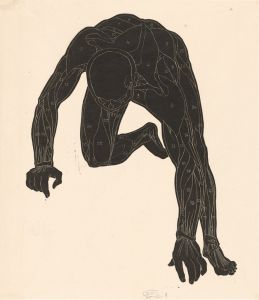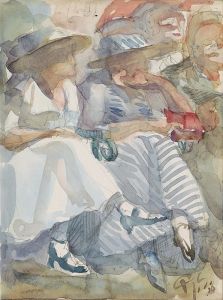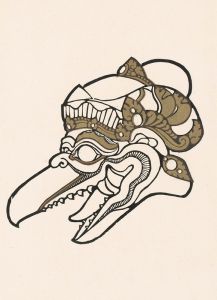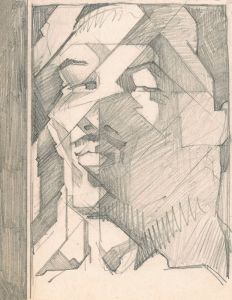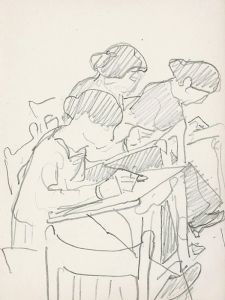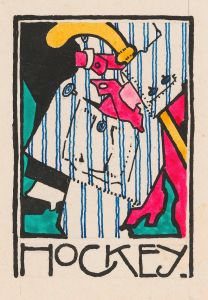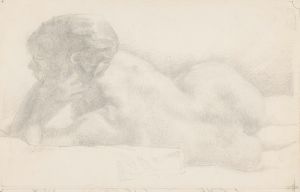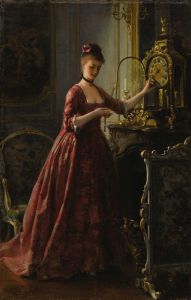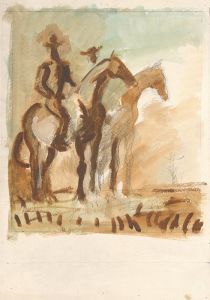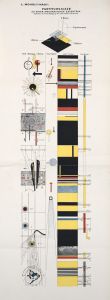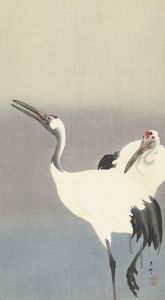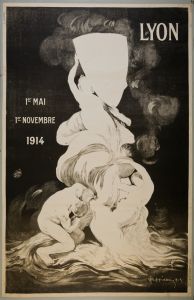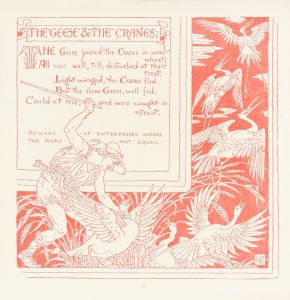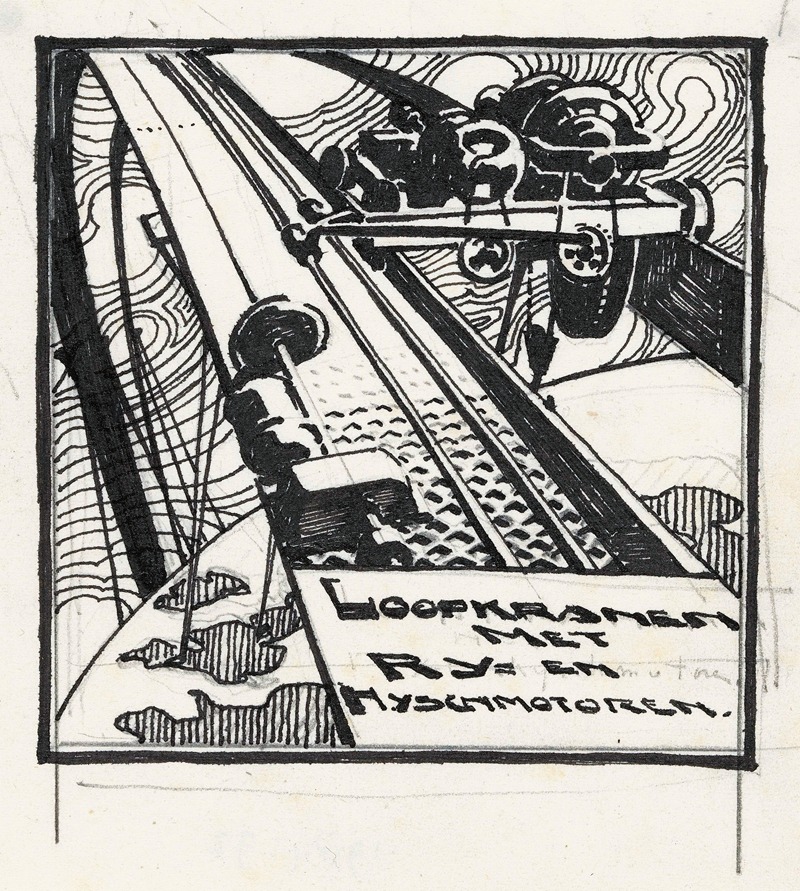
Ontwerp voor reclamefolder `Loopkranen met Rij- en Hyschmotoren’
A hand-painted replica of Reijer Stolk’s masterpiece Ontwerp voor reclamefolder `Loopkranen met Rij- en Hyschmotoren’, meticulously crafted by professional artists to capture the true essence of the original. Each piece is created with museum-quality canvas and rare mineral pigments, carefully painted by experienced artists with delicate brushstrokes and rich, layered colors to perfectly recreate the texture of the original artwork. Unlike machine-printed reproductions, this hand-painted version brings the painting to life, infused with the artist’s emotions and skill in every stroke. Whether for personal collection or home decoration, it instantly elevates the artistic atmosphere of any space.
Reijer Stolk was a Dutch artist known for his contributions to graphic design and printmaking during the early 20th century. One of his notable works is the design for a promotional brochure titled "Ontwerp voor reclamefolder Loopkranen met Rij- en Hyschmotoren’," which translates to "Design for a Promotional Brochure 'Overhead Cranes with Travel and Hoisting Motors'." This piece exemplifies Stolk's skill in combining artistic creativity with commercial design, a common practice among artists involved in the burgeoning field of advertising during that era.
Stolk was born in 1896 in the Netherlands and became an influential figure in the Dutch art scene. He was part of a movement that sought to integrate art with industrial and commercial applications, reflecting the broader European trend of the time where artists were increasingly engaging with modern technology and industry. This movement was characterized by a focus on functionality and simplicity, often incorporating geometric shapes and bold typography, elements that are evident in Stolk's design for the brochure.
The "Ontwerp voor reclamefolder Loopkranen met Rij- en Hyschmotoren’" is a prime example of how Stolk applied these principles. The design likely features clean lines and a structured layout, emphasizing the mechanical and industrial nature of the product it promotes. Such designs were intended to communicate the efficiency and modernity of the machinery, appealing to businesses and industries looking to adopt new technologies.
Stolk's work in graphic design was part of a larger trend in the early 20th century where artists were exploring new mediums and methods of expression. The industrial revolution had brought about significant changes in society, and artists like Stolk were at the forefront of integrating these changes into their work. By designing promotional materials for industrial products, Stolk and his contemporaries were not only promoting these products but also contributing to the visual culture of the time.
The significance of Stolk's work lies in its reflection of the intersection between art and industry. His designs are not merely functional; they also possess an aesthetic quality that elevates them beyond mere commercial tools. This dual purpose is a hallmark of effective graphic design, where the visual appeal enhances the communication of the intended message.
Reijer Stolk's contributions to graphic design and his ability to blend artistic elements with industrial themes have left a lasting impact on the field. His work on the "Ontwerp voor reclamefolder Loopkranen met Rij- en Hyschmotoren’" is a testament to his skill and vision as an artist who successfully navigated the changing landscape of art and industry in the early 20th century. Through his designs, Stolk not only promoted products but also helped shape the visual language of modern advertising.





